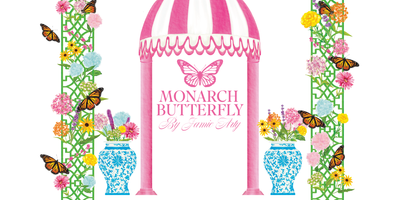Creating healthy habitats
Butterflies are not only fun to watch but they serve a critical purpose as well.Butterflies and other pollinators including bees, moths, birds, and bats pollinate over 75% of the world's flowering plants. Domestic honey bees alone pollinate approximately $19 billion worth of crops in the U.S. each year.
Source: https://www.thesca.org/





